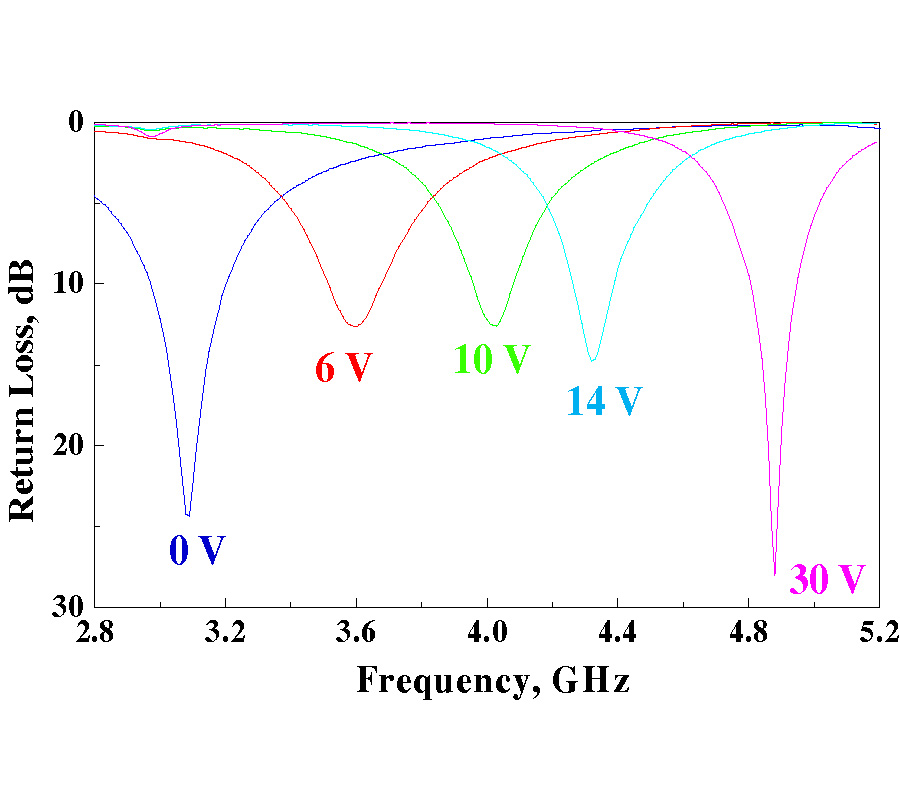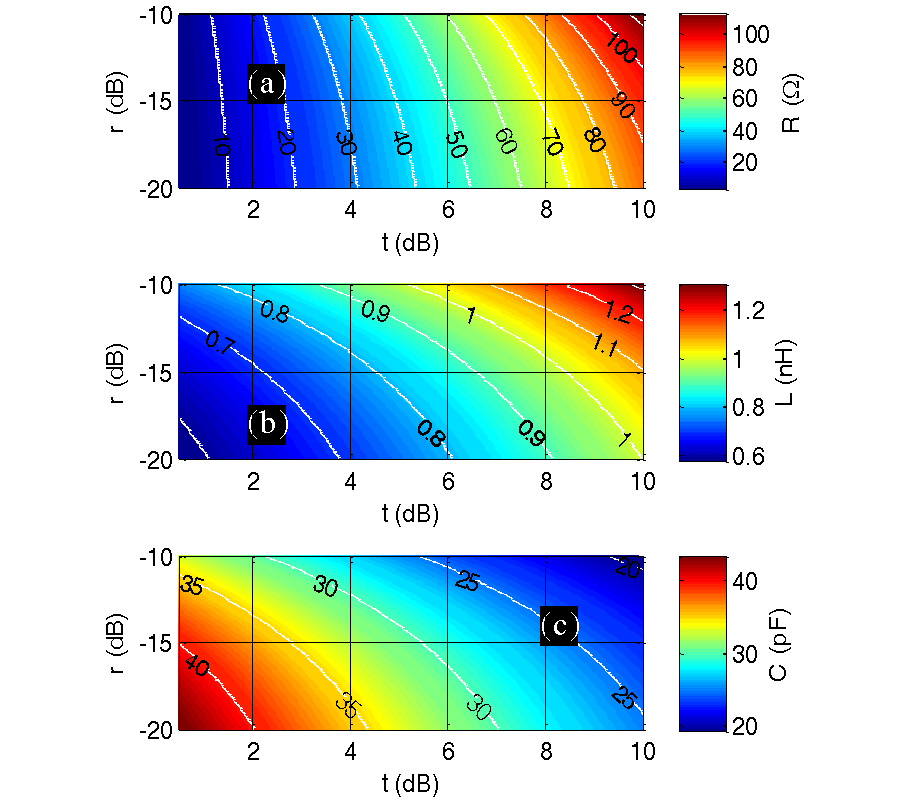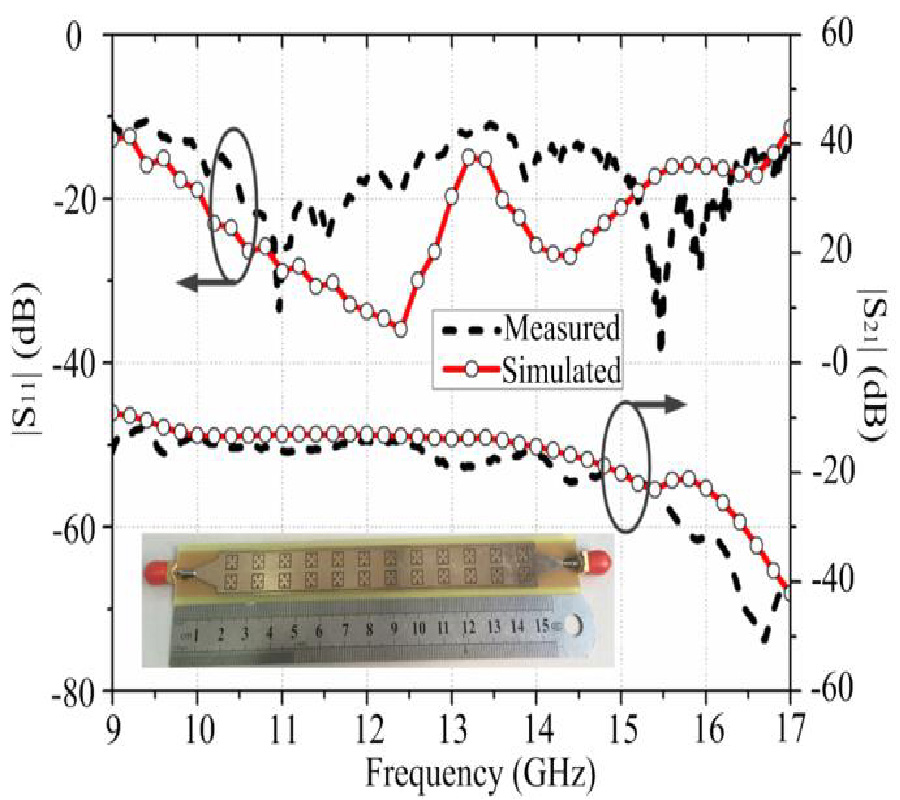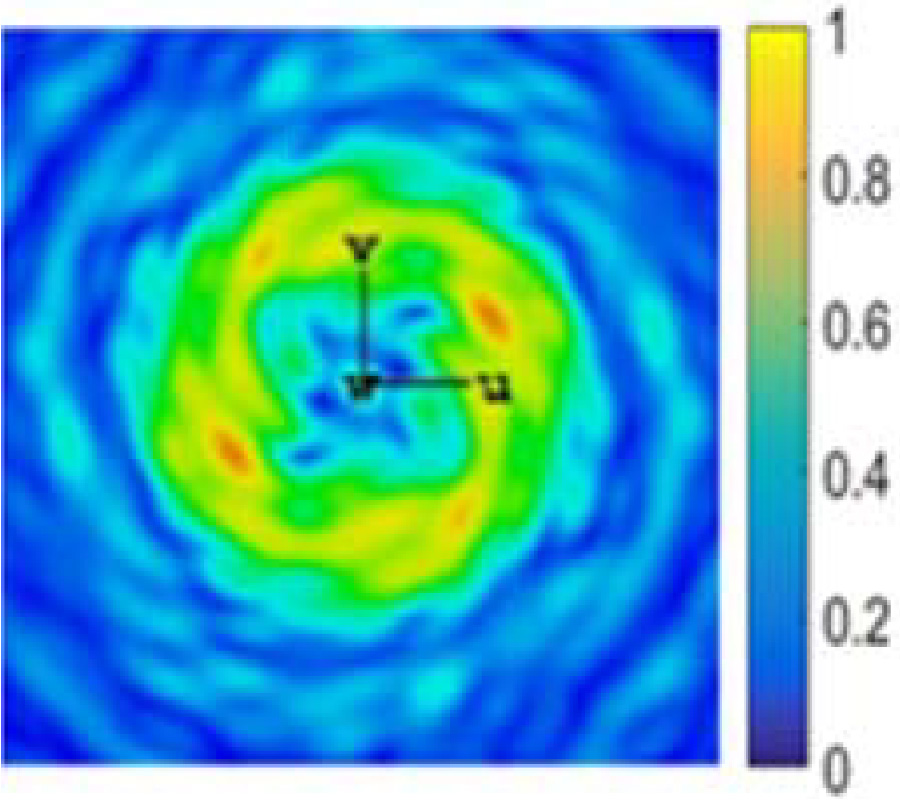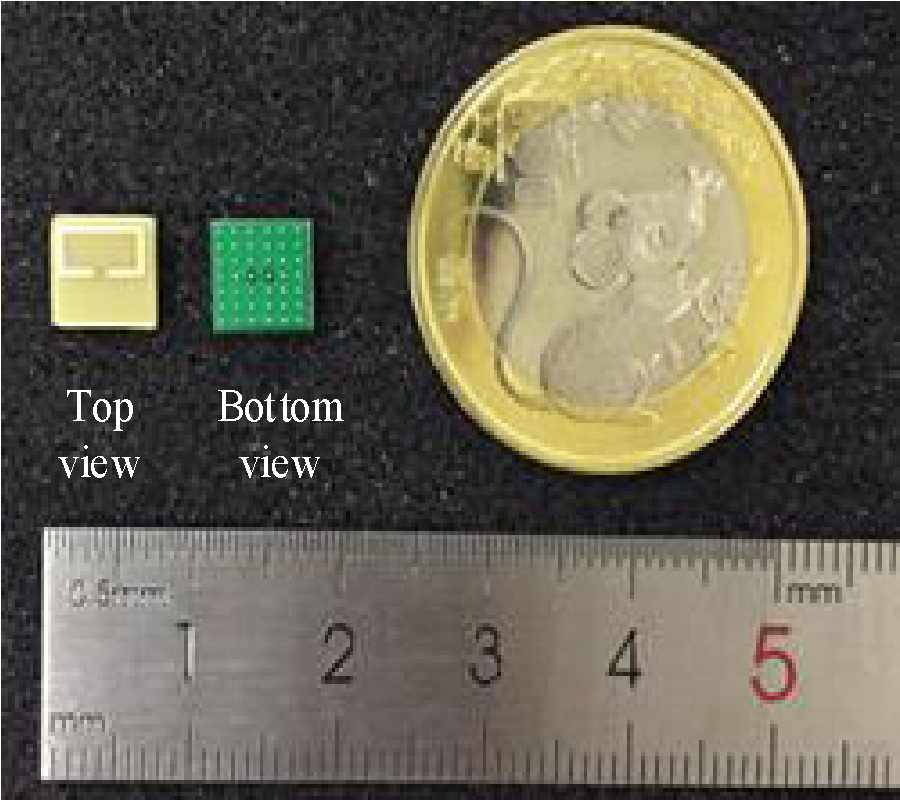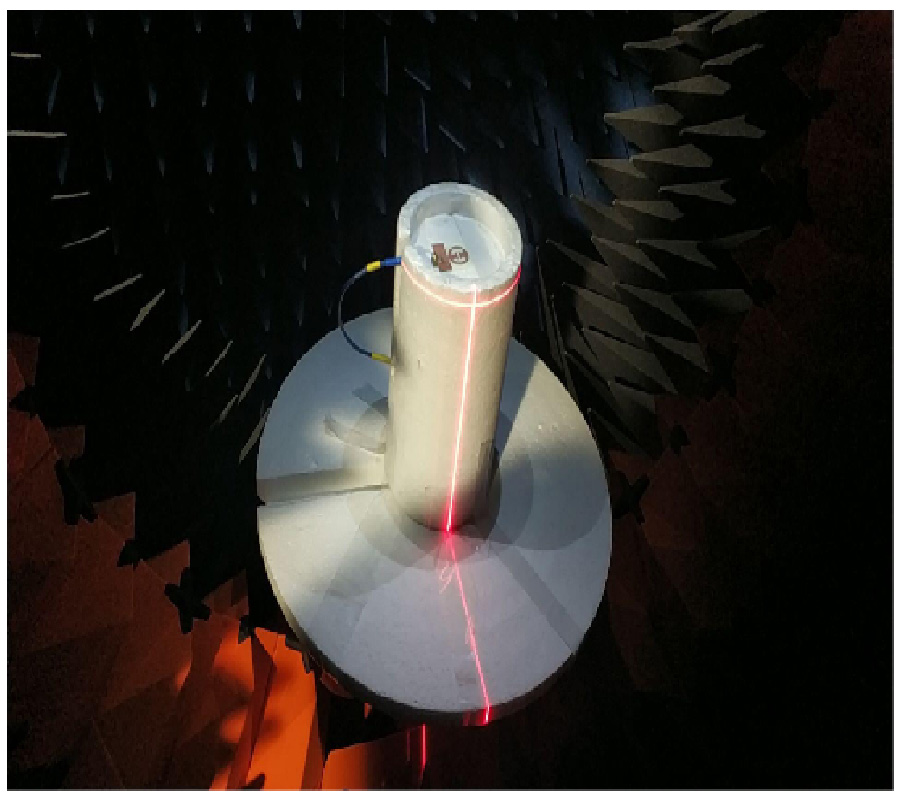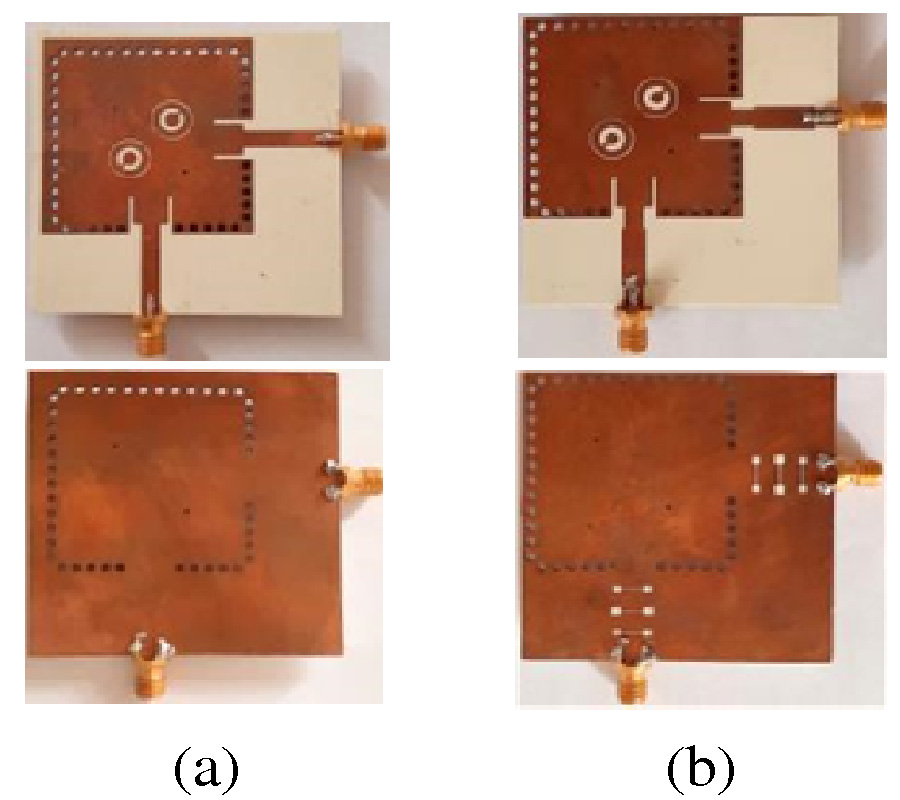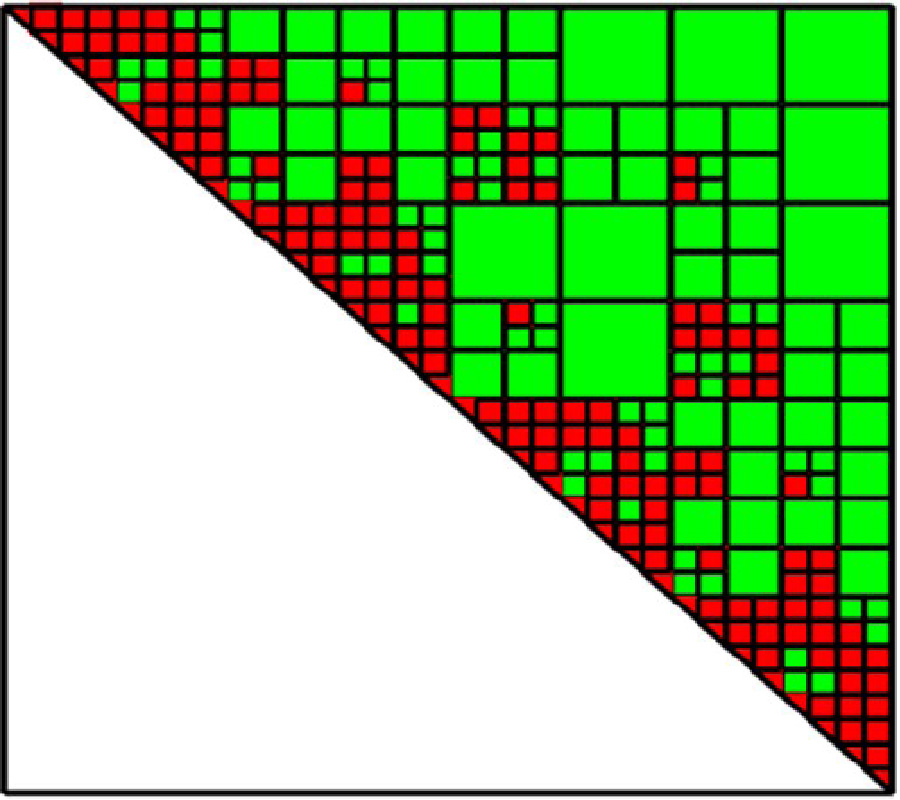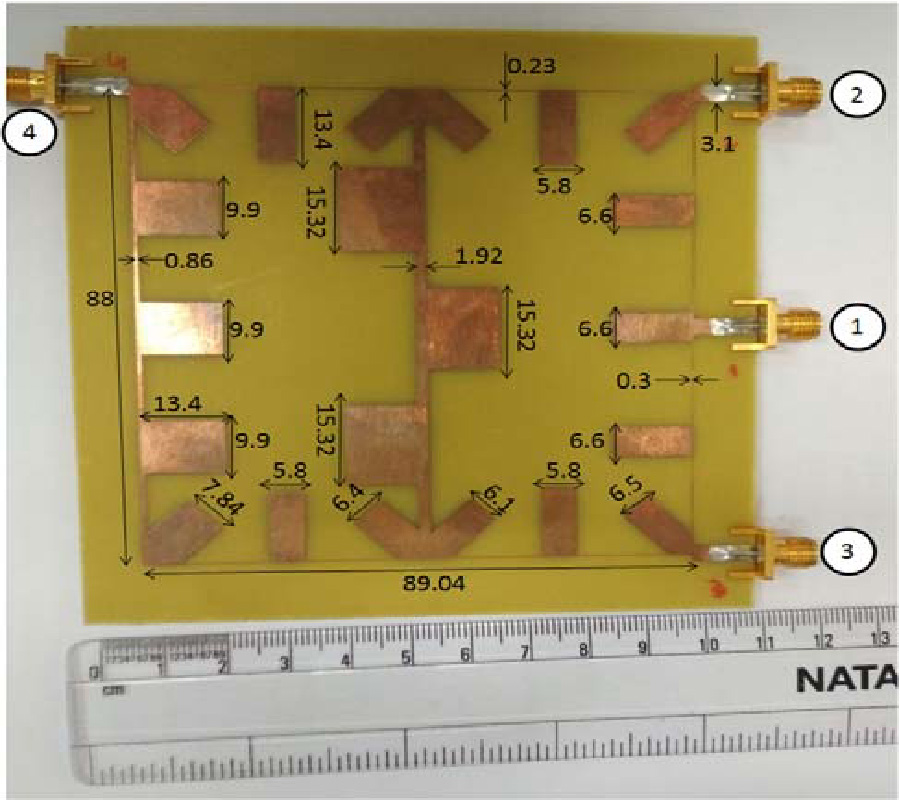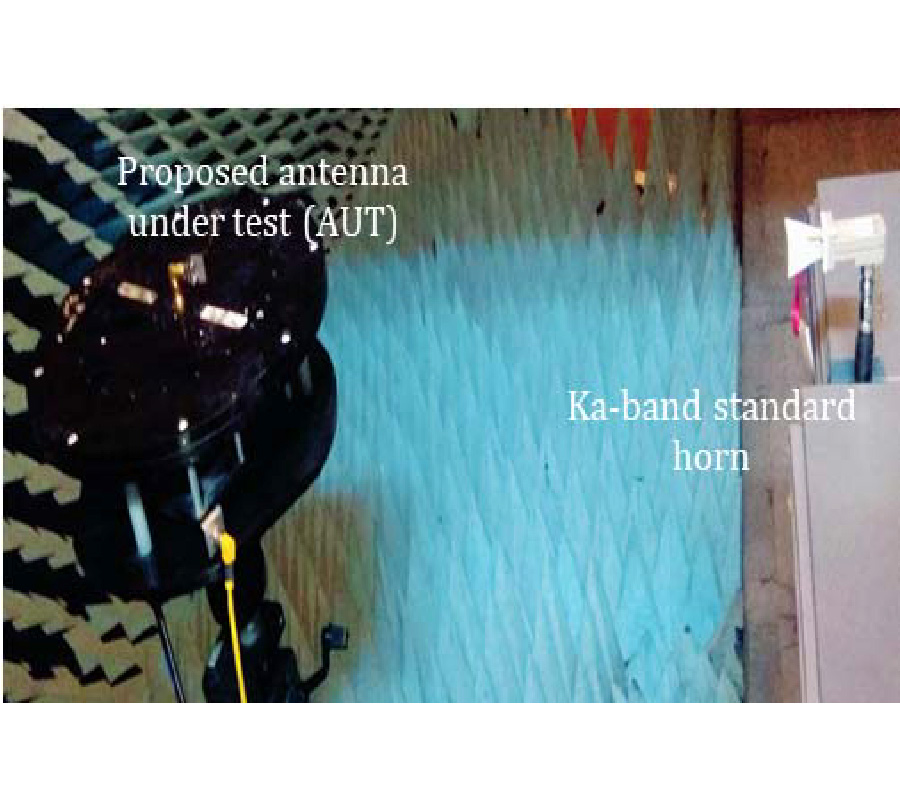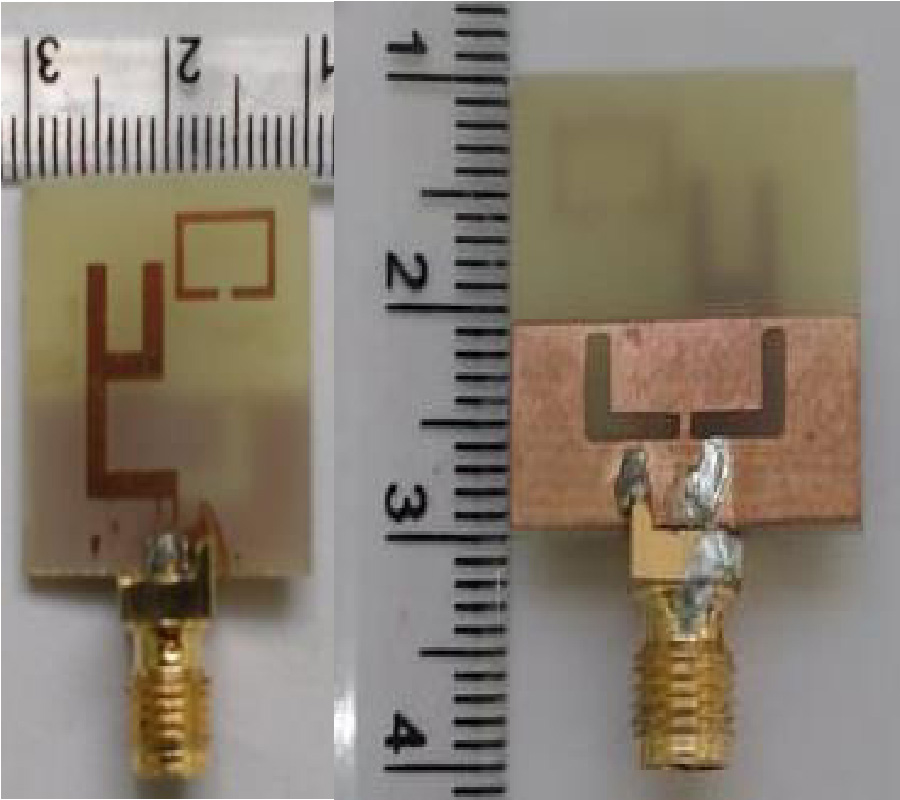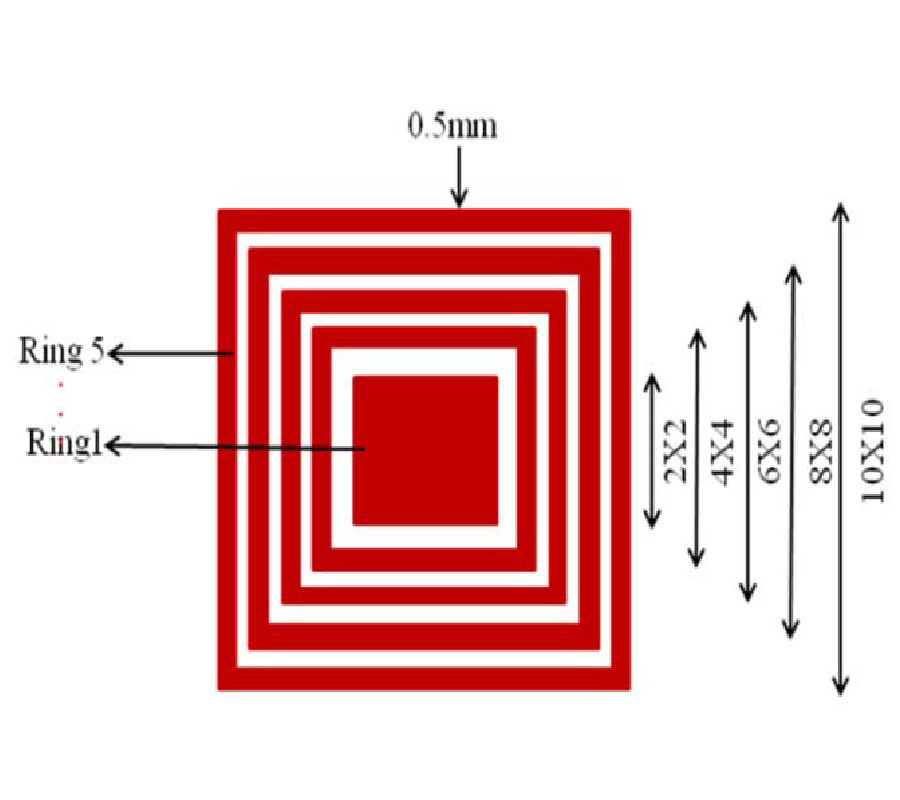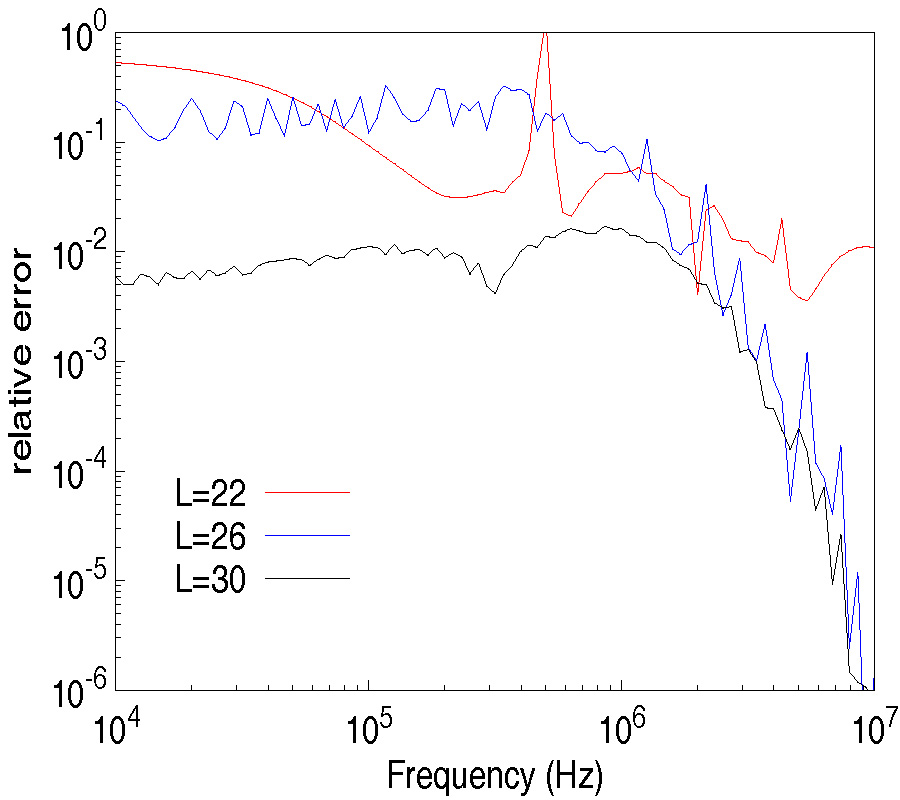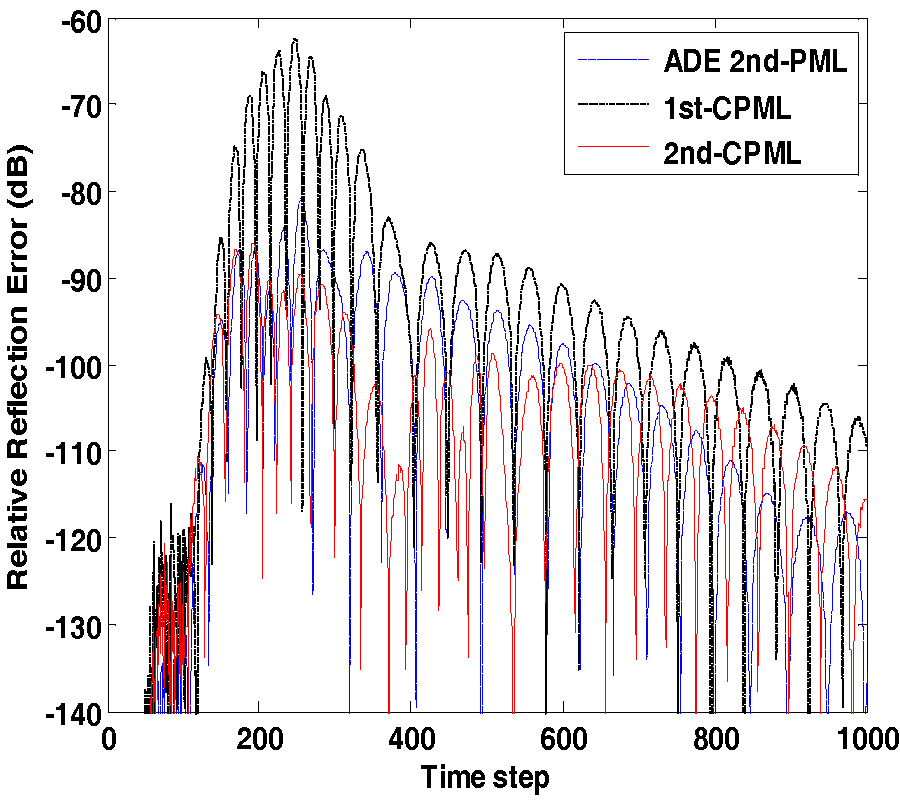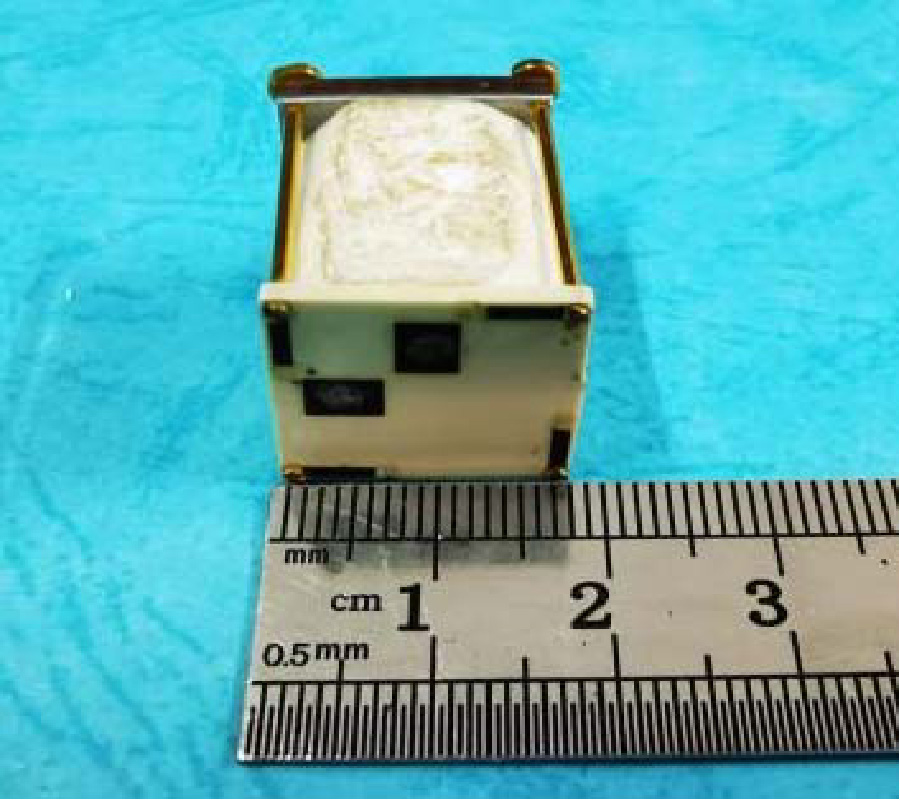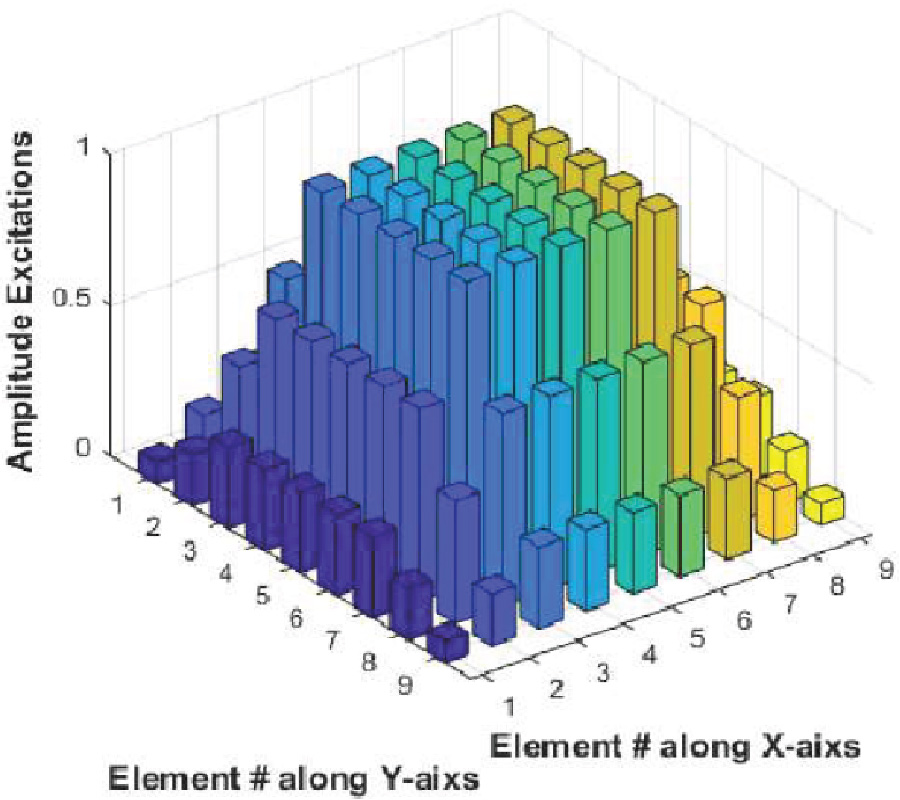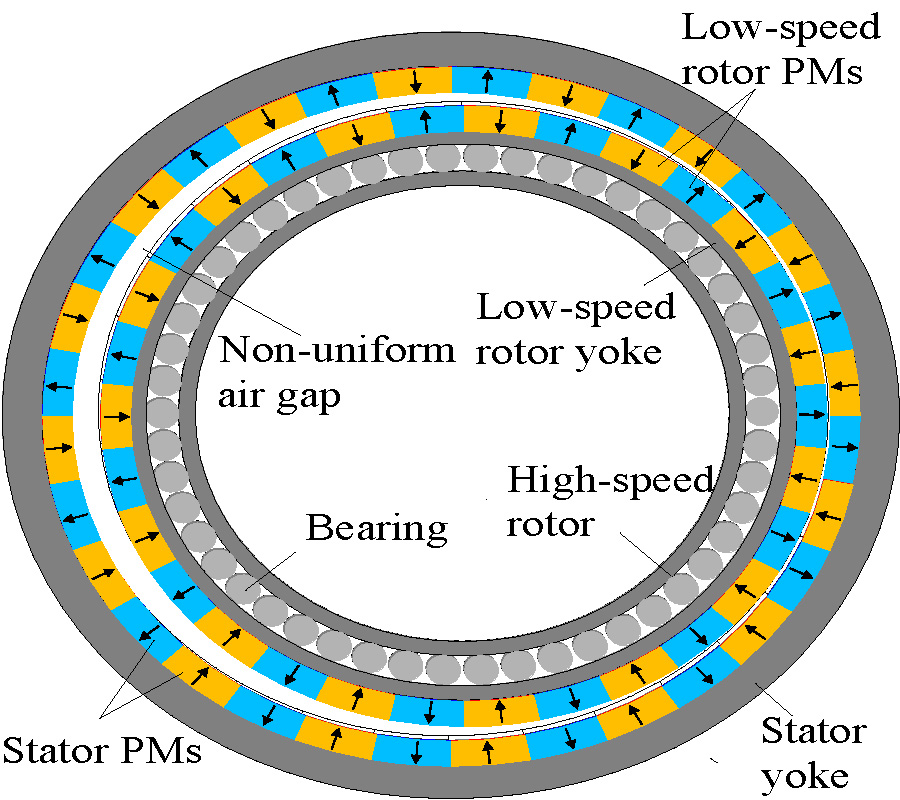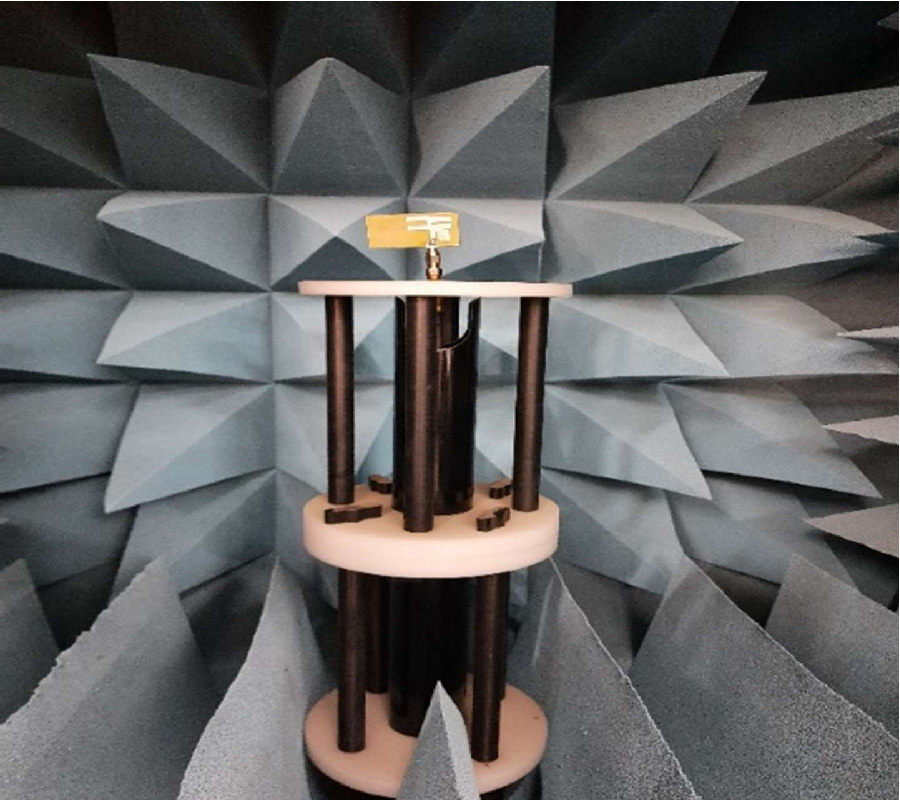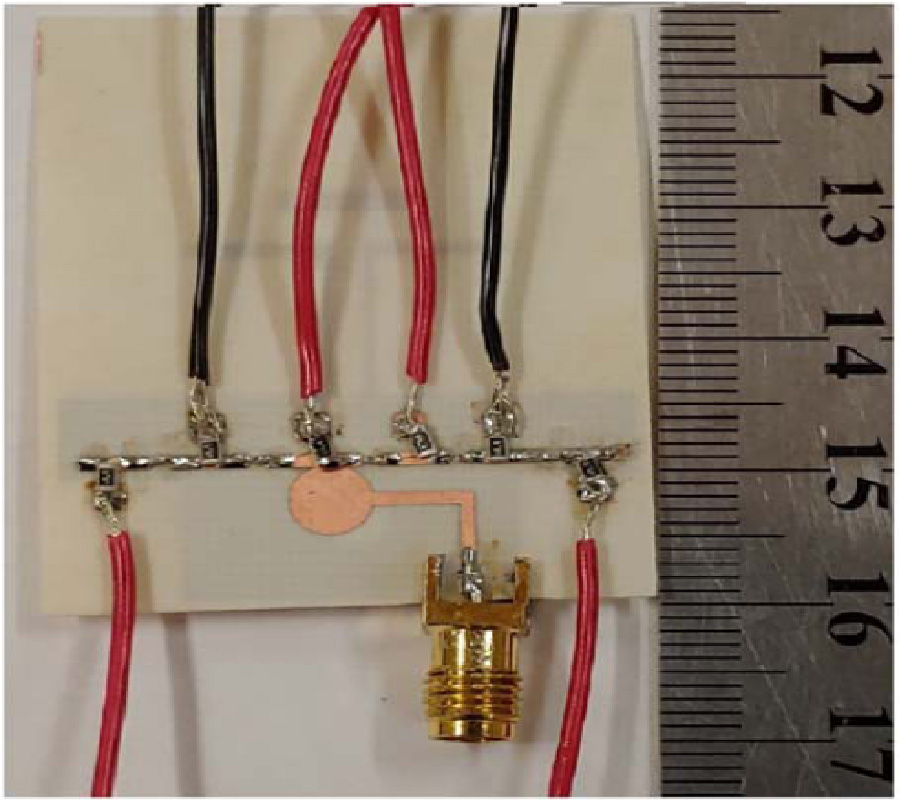Study of Active Negative Group Delay Circuit Based on LNA and RLC-Parallel Network
Dan Chen
,
Taochen Gu
,
Xiang Zhou
,
Fayu Wan
and
Blaise Ravelo
This paper develops a circuit theory on bandpass negative group delay (NGD) topology. The NGD active lumped circuit uses a low noise amplifier (LNA). An S-parameter model is formulated. Unfamiliar, NGD function analysis is introduced by analytically defining the NGD value, bandwidth, and central frequency in function of the topology parameters. The synthesis formulas enabling the calculation of cell parameters as a function of the targeted bandpass function specifications. To validate the circuit theory, an NGD proof of concept (PoC) is designed, simulated and tested. As expected, simulations and measurements are in good agreement. Calculated model, simulated and measured results showing NGD level of about -10 ns around the centre frequency 0.5 GHz over the bandwidth 50 MHz validate are obtained.

